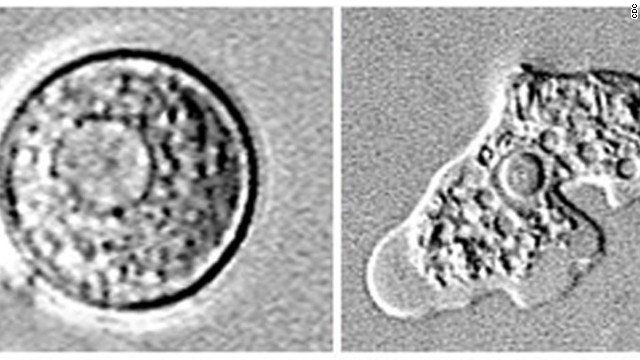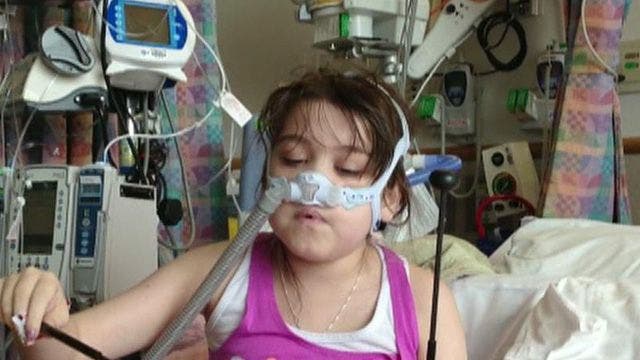Researchers decoded the gene of chronic mountain sickness

peoples living at high elevations of Andes mountain , South America, are maladapted and suffer CMS. The disease is characterized by an array of neurologic symptoms, including headache, fatigue, sleepiness and depression.
A study provides information about the genetic basis of people who living in high altitudes, and needs CMS treatment.
More than 140 million people have permanently settled on high-altitude areas, ranging from African and Asia to South America. The low-oxygen conditions in these areas present a challenge for survival, and the geographically distinct populations have adapted to cope with hypoxia, or low levels of oxygen in the blood.
Particularly peoples living at high elevations of Andes mountain , South America, are maladapted and suffer CMS. The disease is characterized by an array of neurologic symptoms, including headache, fatigue, sleepiness and depression.
Often, people with CMS suffer from strokes or heart attacks in early adulthood because of increased blood viscosity (resistance to blood flow that can result in decreased oxygen delivery to organs and tissues).
Past studies of various populations show that CMS is common in Andeans, occasionally found in Tibetans and absent from Ethiopians living on the East African high-altitude plateau.
Therefore, the researchers dissected the genetic mechanisms underlying high-altitude adaptation by comparing genetic variation between Peruvian from the Andes region with CMS and adapted subjects without CMS, using whole genome sequencing.
They identified two genes, ANP32D and SENP1, with significantly increased expression in the CMS individuals when compared to the non-CMS individuals, and hypothesized that down-regulating these genes could be beneficial in coping with hypoxia.
The researchers therefore looked at genetic orthologs – corresponding gene sequences from another species, in this case the fruit fly – to assess the impact of observed genetic changes on function under conditions of hypoxia.



















